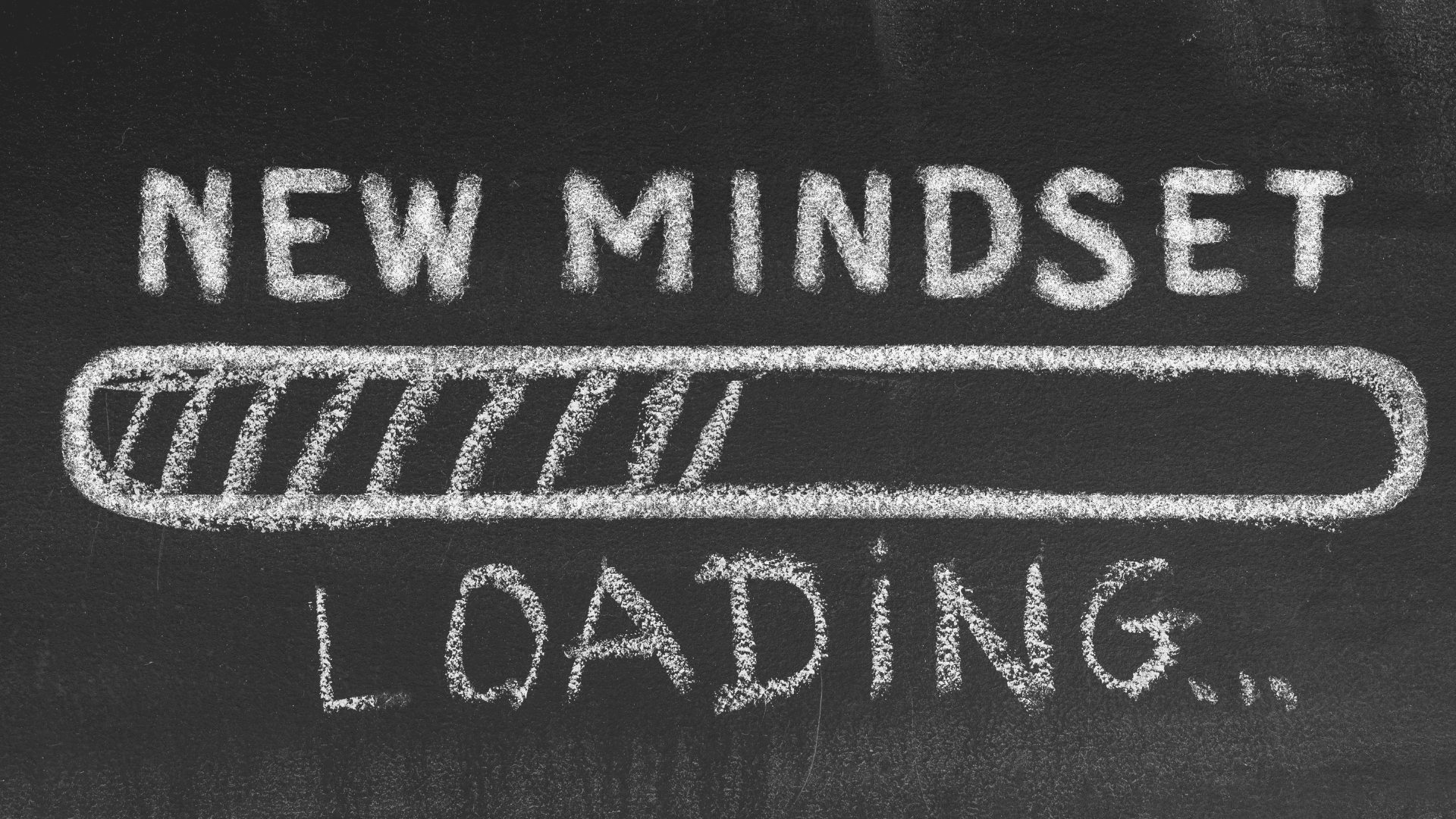Articles
Embracing Feedback: Why Discomfort is Your Greatest Growth Engine
BY: Team Performance Institute | Date:
Growth happens at the edge of your comfort zone, and nothing pushes us there quite like honest feedback.
The journey of personal and professional development is often painted as a solitary pursuit – late nights grinding away on your craft, early mornings perfecting your routines, and countless hours invested in skill-building. But the real catalyst for transformation isn’t in those solo moments. It’s in the sometimes uncomfortable exchanges we have with others.
Those who actively seek and embrace feedback aren’t just good at handling criticism – they’re fundamentally rewiring their approach to growth.
Getting Comfortable with Being Uncomfortable
The most painful feedback to hear is often the feedback we need most.
Think about the last time someone pointed out a blind spot in your leadership style or questioned a decision you were confident about. That initial sting? It’s not just ego – it’s your brain’s natural resistance to information that challenges your self-image.
But here’s the thing: that momentary discomfort is the precursor to breakthrough insights.
The leaders you admire most have trained themselves to lean into that discomfort, recognizing it as a signal that they’re about to learn something valuable. They’ve reframed feedback from a threat to an opportunity, transforming what could be a defensive moment into a doorway for growth.
Creating a Feedback-Rich Environment
A culture of candid feedback doesn’t happen by accident. It’s built intentionally, one conversation at a time.
The most innovative companies share a common trait: they’ve normalized feedback at every level of the organization. This isn’t about implementing formal review processes (though those have their place). It’s about creating an environment where quick, honest exchanges are a part of daily work life.
It means celebrating the junior team member who spots a flaw in the senior executive’s presentation, or the peer who pulls you aside to point out a behavioral pattern that might be holding you back. When feedback flows freely, innovation accelerates, mistakes are caught early, and everyone grows faster.
The Art of Receiving Feedback
The way you receive feedback today shapes the feedback you’ll get tomorrow.
There are countless well-intentioned feedback cultures that wither because people don’t know how to receive feedback effectively. The key isn’t just nodding along – it’s showing genuine curiosity.
Ask follow-up questions. Seek specific examples. Show people that their observations matter to you. When someone gives you feedback, they’re taking a risk. Your response either encourages or discourages future candor.
The best feedback receivers have mastered the art of making others feel safe and valued when sharing their perspectives, even if they ultimately disagree with the feedback.
From Feedback to Action
Feedback without action is just conversation – the magic happens in the follow-through.
Here’s where many people stumble: they get good at collecting feedback but struggle to turn it into meaningful change. The solution isn’t to act on every piece of feedback you receive – that’s neither possible nor desirable.
Instead, look for patterns. When multiple people point to similar areas for improvement, pay attention. Create simple, actionable plans for addressing the most important feedback. Then, close the loop by following up with those who provided the input. Let them know what you’re working on and how their feedback influenced your approach. This not only holds you accountable but also encourages continued feedback by showing people their input leads to real change.
The truth is, embracing feedback isn’t just about getting better at what you do – it’s about expanding what you believe is possible for yourself and your organization. In a world where change is the only constant, your ability to absorb and act on feedback might be your most valuable skill.
The leaders and organizations that will thrive in the coming decades aren’t necessarily the ones with the best initial strategies or the most resources. They’re the ones who can learn and adapt the fastest. And that adaptation? It starts with creating an environment where feedback isn’t just accepted – it’s actively sought out and celebrated.
So the next time someone offers you feedback, remember: that moment of discomfort might just be the beginning of your next big breakthrough. The question isn’t whether you’ll receive feedback – it’s what you’ll choose to do with it.
More Articles

Failing Forward: Where Breakthroughs are Born
Every successful person you admire has failed more times than you can imagine. The narrative around failure has evolved dramatically in recent years, particularly in business and personal development circles. While society once viewed failure as something to be ashamed of, today’s most innovative leaders and thinkers recognize it as an essential catalyst for growth. … Continued

From Roadblocks to Stepping Stones: Transforming Career Obstacles into Opportunities for Growth
Every successful professional’s journey is marked not by the absence of challenges, but by their unique approach to navigating them. Those who thrive don’t just overcome obstacles – they transform them into catalysts for growth. The most resilient professionals have mastered the art of viewing roadblocks not as dead ends, but as detours leading to … Continued

The Power of Yet: How One Small Word Can Transform Your Mindset and Unlock Your Potential
The simple addition of “yet” to any statement of limitation can instantly transform it from a dead end into a doorway of possibility. Growth mindset has become something of a buzzword in recent years, popularized by psychologist Carol Dweck’s groundbreaking research. But at its core, this concept isn’t just another professional development trend – it’s … Continued